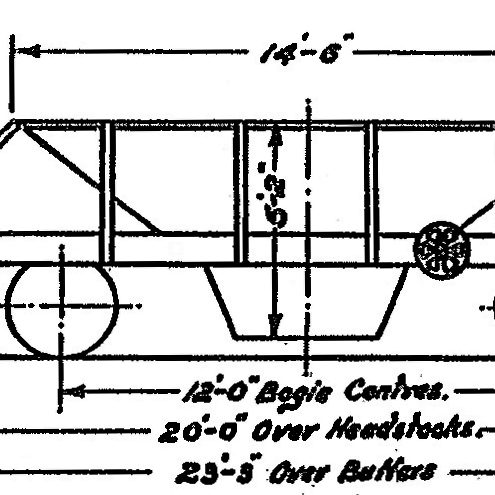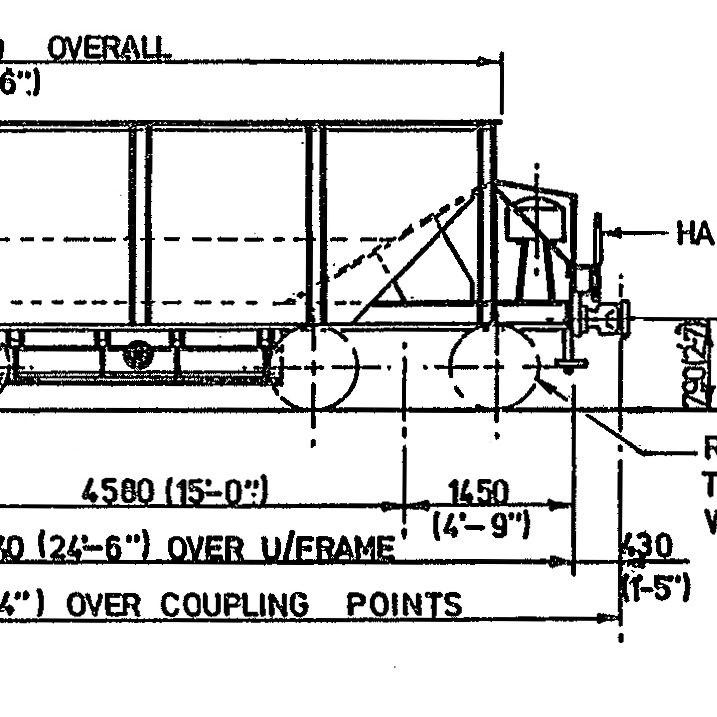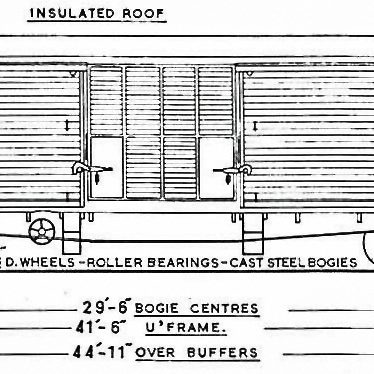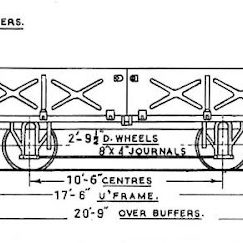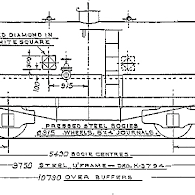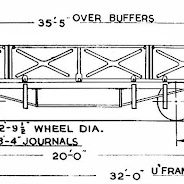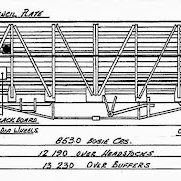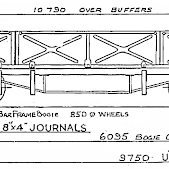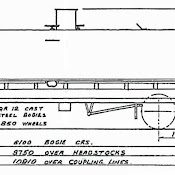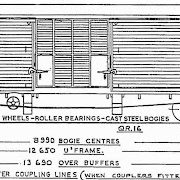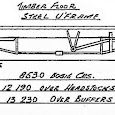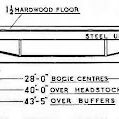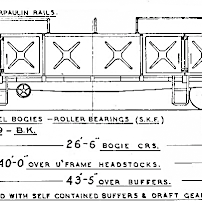The Commonwealth Land Transport Board was formed during World War II to control the movement of transport in Australia. Between 1943 and 1945, 557 eight-wheeled platform wagons with steel underframes, plain bearing and wood floors were delivered to Queensland Railways by the Board as part of a wartime initiative. The wagons were supplied by two manufactures, Waddingtons Pty Ltd, Granville, NSW, and Evans Deakin, Brisbane. They were given their own set of numbers (Numbers 1 – 500 and Numbers 744 – 800) similar to privately own wagons.
The wagons were divided into two classes. W class wagons were for conveying bag wheat, chaff etc., and were fitted with a 4” (100mm) rail around the outer edge of the floor to assist in keeping the bags in place on the wagons. The other wagons did not have the rail around the floor and were classified MTW (Motor Transport Wagons). W Class wagons became surplus to requirements following the introduction of bulk handling and the rails were progressively removed resulting in all, except one (Nº 221), becoming MTW wagons by 1974.
Some were converted for other uses in later years such as KWA for cattle, MTWC for container traffic, MTWG for grain traffic WR, WRA & WRB for carrying rails, NW & NWB for sheep and WBC for bulk cement.
Those converted for cattle traffic were given new running numbers. Nº 157 was converted to KWA Nº 39790 at Ipswich Workshops in 1977.
The wagon was acquired by Zig Zag in 2004 but after the body was damaged, it was decided in 2013 to rebuild it in its original form as W Nº 157.
Wagons
-
Unit Length
2.5 (2.6 metric)
-
Drawgear Classification
D3
-
Drawgear Type
Draw Hook & Side Buffers
-
Length over Buffers
43' 5" (13230 mm)
-
Length over Body
40' (12190 mm)
-
Height
3'4" (1016 mm)
-
Average Tare
10 t 7 cwt (10.8 t)
-
Average Carrying Capacity
26 tons (26.5t)
-
Gross Weight
36 t 7 cwt (37.3 t)
-
Bogie Type
QR 20A
-
Bogie Centres
28' (8530 mm)
-
Wheel Centres
4' 9" (1450 mm)
-
Wheel Diameter
2' 2" (660 mm)
-
Bearing Type
Roller Bearing
